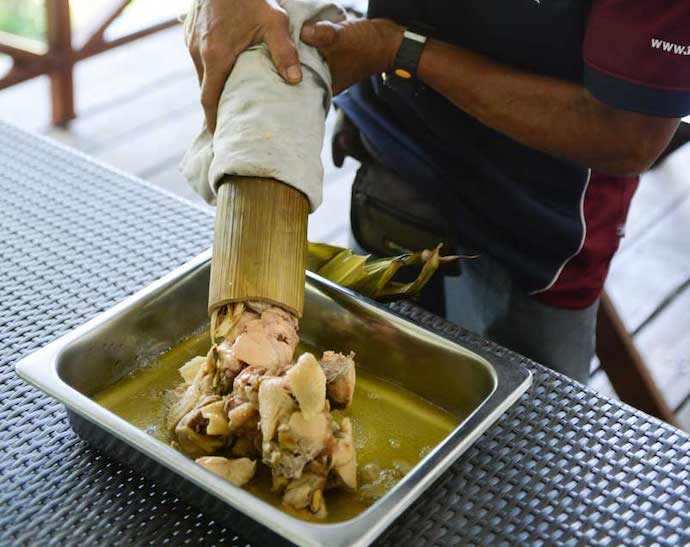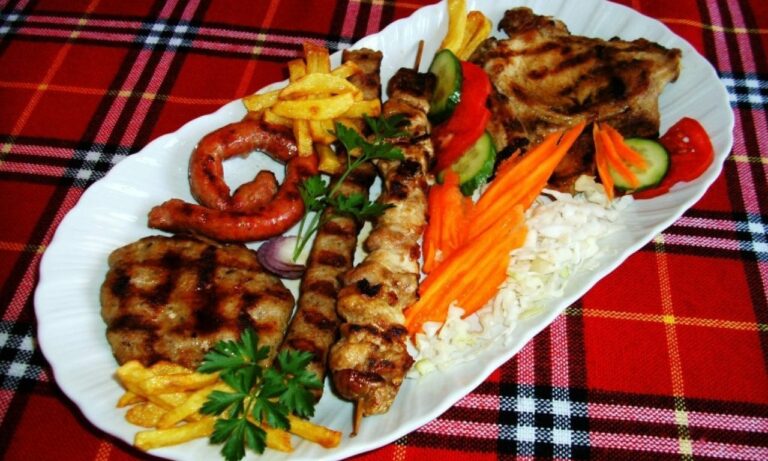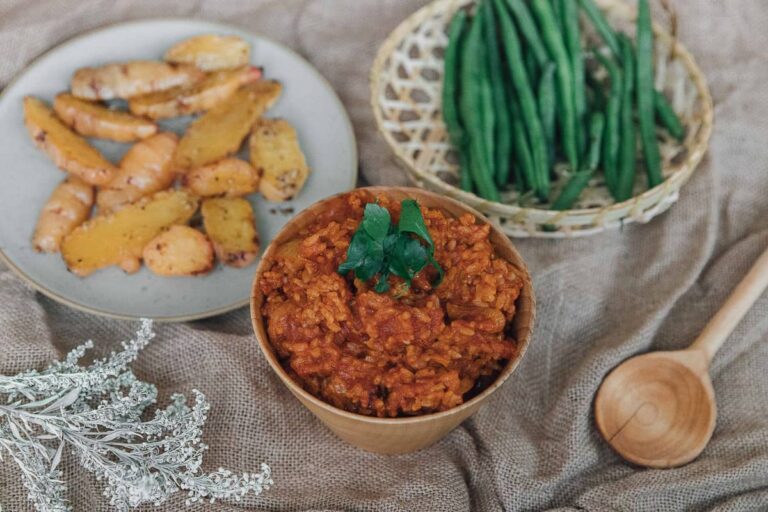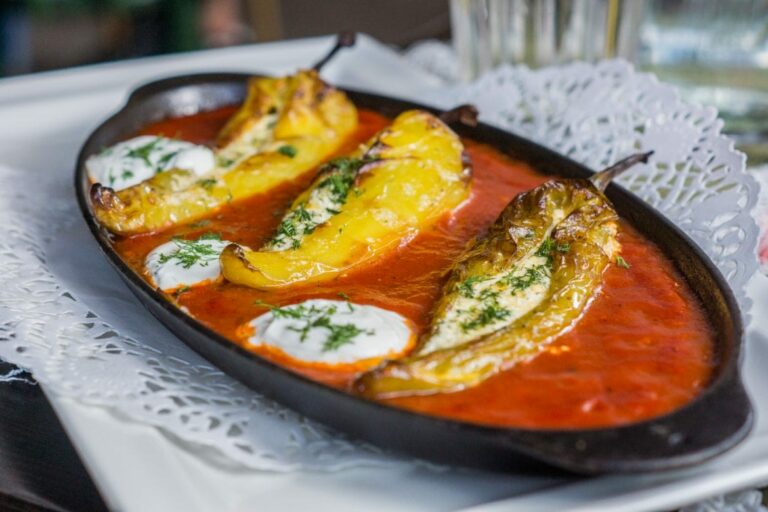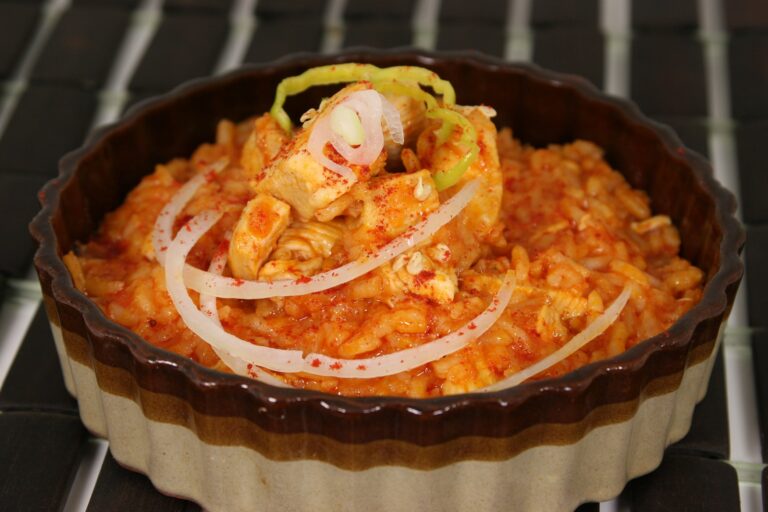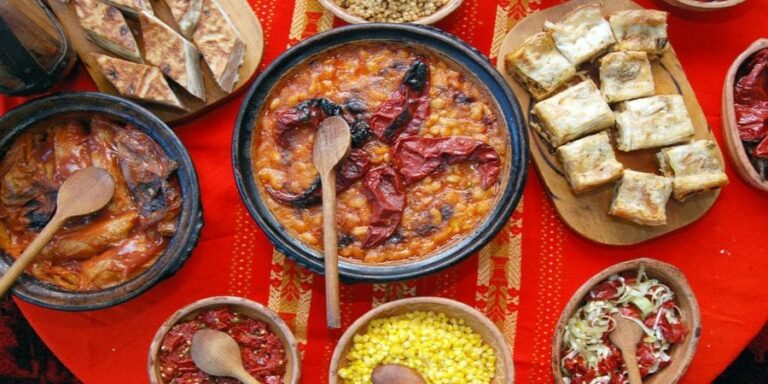Introduction: Exploring Bruneian cuisine for the first time
Brunei is a small country located on the island of Borneo, with a diverse and unique cuisine that is influenced by Malay, Chinese and Indian flavors. If you are a first-time visitor to Brunei, it is highly recommended to try some of the typical Bruneian dishes that offer a variety of delicious flavors and textures. In this article, we will introduce you to some of the most popular Bruneian dishes that are perfect for first-time visitors.
Nasi Katok: The famous Bruneian fast food
Nasi Katok is a popular Bruneian fast food that is well-known among locals and tourists alike. This dish consists of steamed rice, fried chicken, and a spicy sambal sauce. The name “katok” means “knock” in Malay, which refers to the sound of the chicken being pounded before it is fried. Nasi Katok is usually sold by street vendors or small stalls and is available throughout the day. It is one of the most convenient and affordable options for a quick meal in Brunei.
Ambuyat: A unique Bruneian delicacy made from sago starch
Ambuyat is a traditional Bruneian delicacy that is made from the sago starch, which is extracted from the trunk of the sago palm tree. This dish is unique to Brunei and is served with a variety of side dishes such as fish, chicken, and vegetables. To eat ambuyat, you use a special utensil called a “chandas” to twirl and scoop a small amount of the starchy substance, dip it in the accompanying sauce, and then slurp it up. Although it may take some getting used to, ambuyat is a must-try for anyone looking to experience authentic Bruneian cuisine.
Ayam Penyet: Bruneian style deep-fried chicken
Ayam Penyet is a popular Bruneian dish that is made from deep-fried chicken that has been pounded until flat. The chicken is then served with steamed rice, sambal sauce, and a slice of cucumber. The dish is known for its crispy texture and spicy flavor, which makes it a hit among locals and tourists alike. Ayam Penyet can be found in many restaurants and food stalls throughout Brunei and is a great choice for lunch or dinner.
Ketupat: A traditional Bruneian rice dish served during special occasions
Ketupat is a traditional Bruneian rice dish that is typically served during special occasions such as Hari Raya Aidilfitri or weddings. The dish consists of rice that is cooked inside a woven pouch made from palm leaves, giving it a unique flavor and texture. Ketupat is usually served with a variety of side dishes such as beef rendang or chicken curry, making it a complete and satisfying meal.
Gadong Beef: A spicy and flavorful Bruneian beef dish
Gadong Beef is a spicy and flavorful Bruneian dish that is made from beef that has been marinated in a mixture of spices and herbs, then grilled or barbecued. The dish is known for its smoky flavor and tender texture, which makes it a favorite among meat lovers. Gadong Beef is usually served with steamed rice and a spicy sauce, making it a delicious and satisfying meal.
Kuih Lapis: A colorful and sweet Bruneian dessert
Kuih Lapis is a colorful and sweet Bruneian dessert that is made from layers of rice flour and coconut milk, with each layer being a different color. The dessert is known for its vibrant appearance and rich, sweet flavor. Kuih Lapis is typically served during special occasions or festivals, and can be found in many bakeries and sweet shops throughout Brunei.
Satar: A Bruneian grilled fish cake with a unique flavor
Satar is a unique Bruneian dish that is made from a mixture of fish, spices, and coconut milk, wrapped in a banana leaf and grilled or barbecued. The dish is known for its unique flavor and texture, which is similar to a fish cake. Satar is usually served with a spicy sauce and is a great appetizer or snack to share with friends and family. It is a must-try for anyone looking to experience the diverse and delicious flavors of Brunei.


